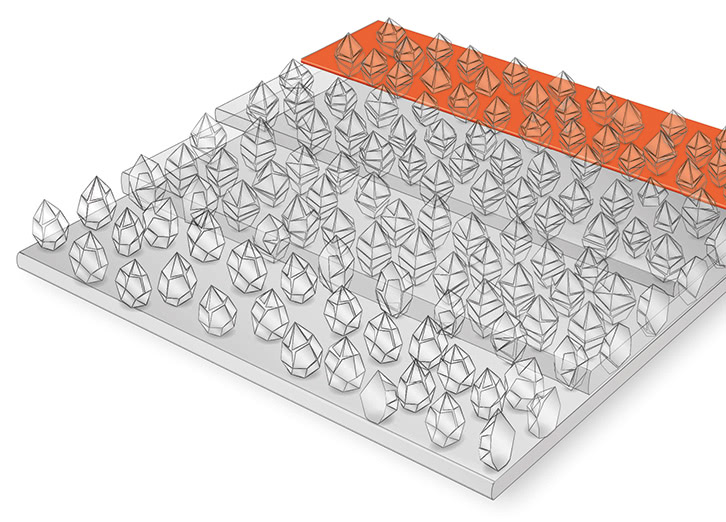Abrasive structure
The structure of a coated abrasive consists of up to five main components: backing, base coat, abrasive grit, size coat as well as an additional coating.
Backing
The first of these components is the backing. Paper, cloth, plastic films, vulcanised fibre, foam or a combination of paper and cloth are used as backing for coated abrasives.
The backing gives the abrasive very specific grip and adhesion, stretch, tear resistance, tensile strength, flexibility and stability properties.
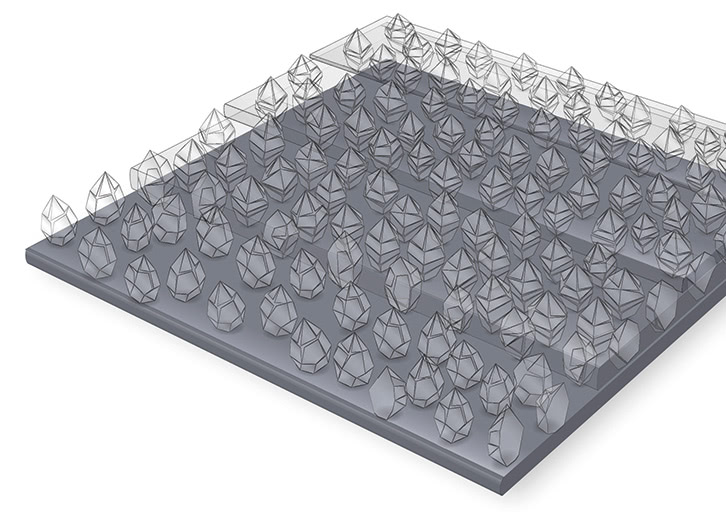
Base coat
We use only environmentally-friendly, water-soluble binder systems. We mainly use phenol and urea resins, which, depending on application, are flexibilised using different dispersions such as synthetic resins or hide glue. These systems enable us to manufacture very hard, high-performance abrasives on the one hand, as well as highly flexible finishing products on the other.
The base coat is used to prefix the abrasive grits in the required position and distribution on the backing material. Softer, more elastic or harder, tougher binder resins are used depending on the application of the abrasive. The hardness of the bonding agent affects the aggressiveness and the lifetime of the abrasive.
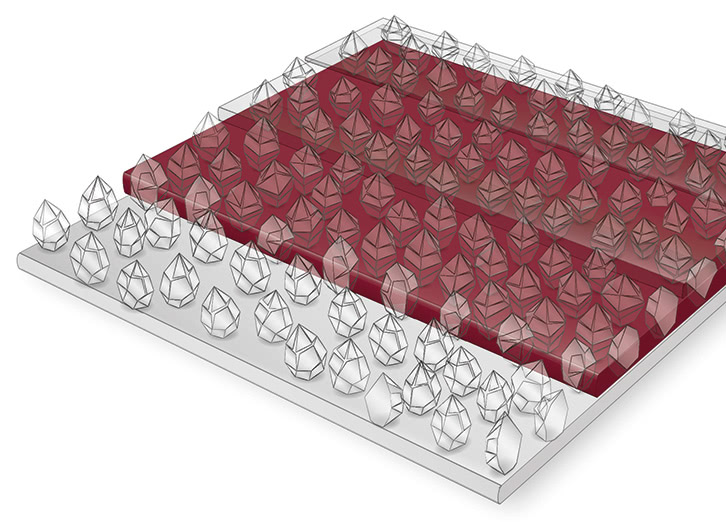
Abrasive grit
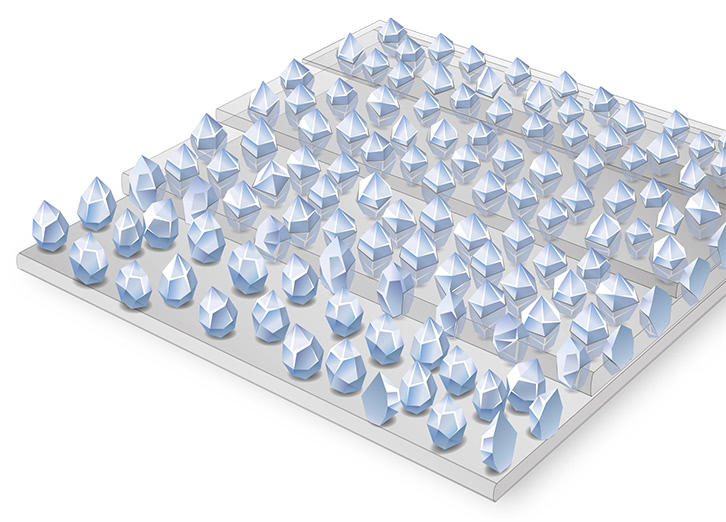
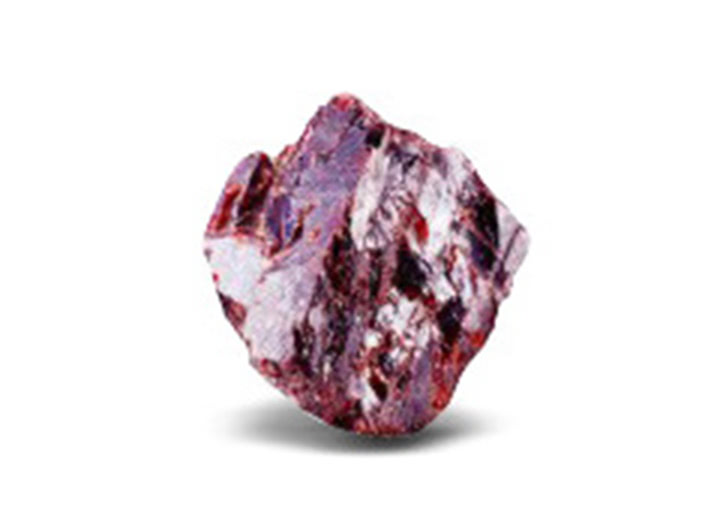
Garnet
For wood and manual sanding

Emery
For precious metals and fine sanding

Brown aluminium oxide
For metal

Semi-friable aluminium oxide
For metal and wood

White aluminium oxide
For wood and manual sanding

Zirconia alumina
For alloy steels

Ceramic aluminium oxide
For high-alloy steels

Silicon carbide
For grey cast iron, stone, hard wood, glass and chipboards
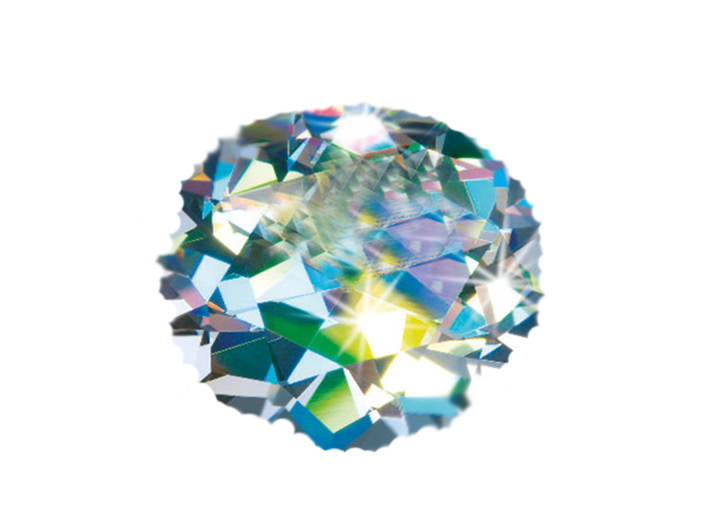
Diamond
For stone, concrete, glass, grey cast iron and carbide
Size coat
The size coat permanently bonds the abrasive grits to each other and to the backing material.
Softer, more elastic or harder, tougher binder resins are used depending on the application of the abrasive. The hardness of the bonding agent affects the aggressiveness and the lifetime of the abrasive.
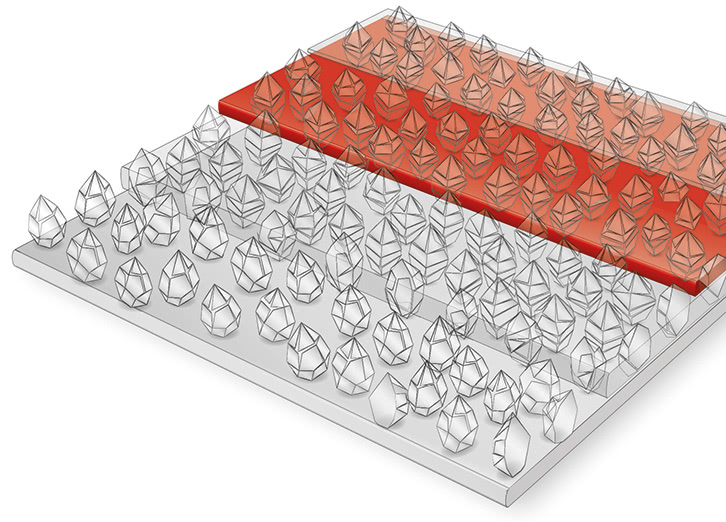
Additional coating
